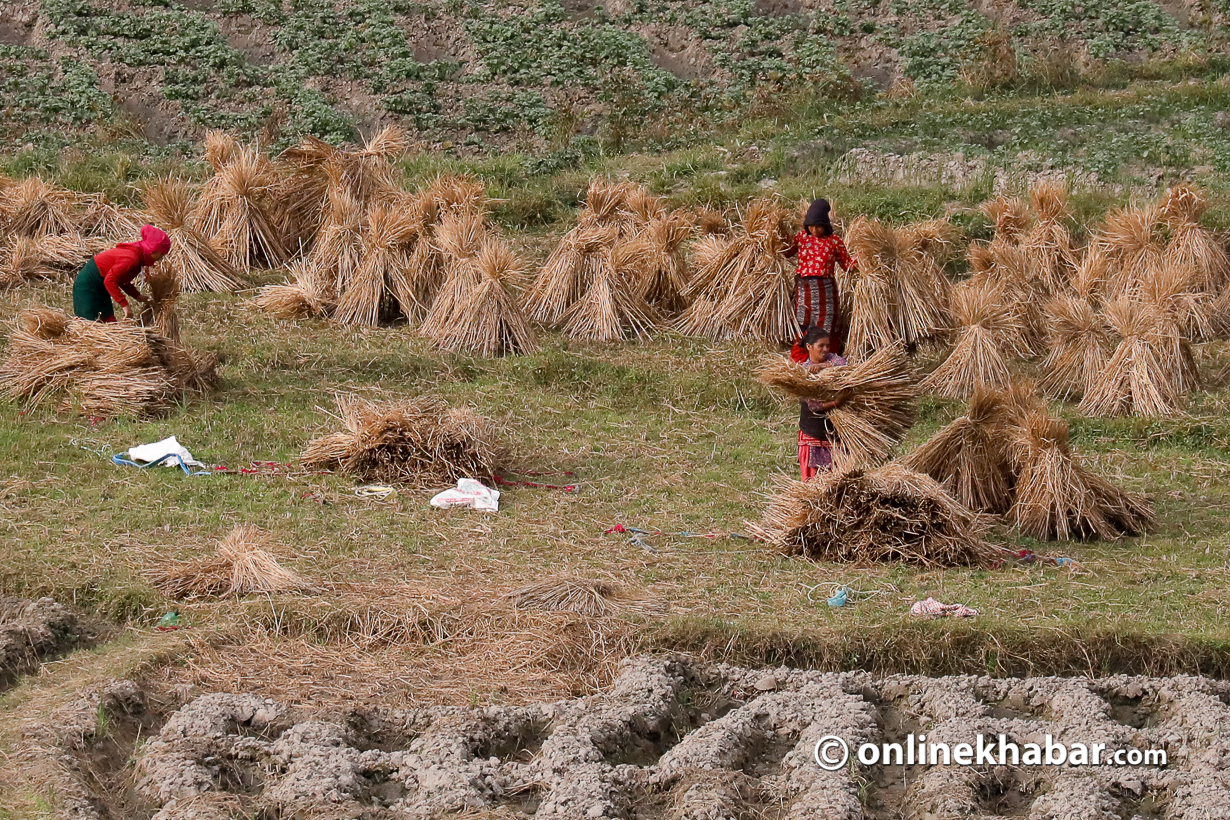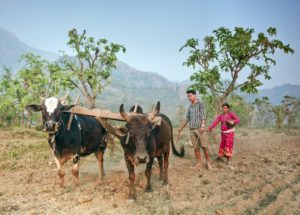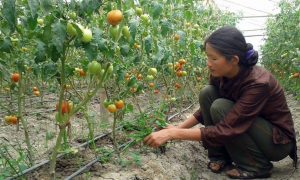
Butwal, December 11
Farmers in Lumbini Province struggle to sustain themselves through subsistence farming. According to the National Agricultural Census 2022, 51 per cent of farming families do not have sufficient food throughout the year.
According to the data from the National Agricultural Census 2022, 62 per cent of households in Nepal and 67 per cent of households in Lumbini have agriculture as their primary occupation.
During the announcement of the census data in Butwal, Badri Kumar Karki, the director of the Central Bureau of Statistics, revealed that 55 per cent of farming families in Nepal rely on agriculture, yet their income is insufficient for sustenance.
Out of the 1.141 million households in the province, 665,092 families are engaged in agriculture, cultivating produce across 426,614 hectares of land.
“As the agricultural profession is still unable to rise from the traditional and subsistence-oriented approach, there is a situation where the farmers themselves are not able to feed themselves throughout the year,” says Karki.
The overall irrigated area in Nepal is 54.5 per cent, and in Lumbini province, specifically, it is slightly higher at 56.7 per cent.
The agricultural census shows a continuous decrease in the area of rice cultivation in Lumbini. In 2012, it was 1.456 million hectares, and by 2022, it had fallen to 1.216 million hectares.
Similarly, maize is cultivated across an area of 673,700 hectares, wheat spans 749,400 hectares, and vegetables cover 84,400 hectares.
In the 2008 Agricultural Census, maize cultivation covered 559,900 hectares, wheat occupied 749,400 hectares, and vegetables were cultivated over 107,000 hectares.
Director Karki pointed out that the ongoing migration from the hills and the escalating construction of houses in the plains have led to barren lands and a continuous decrease in productive land.





















